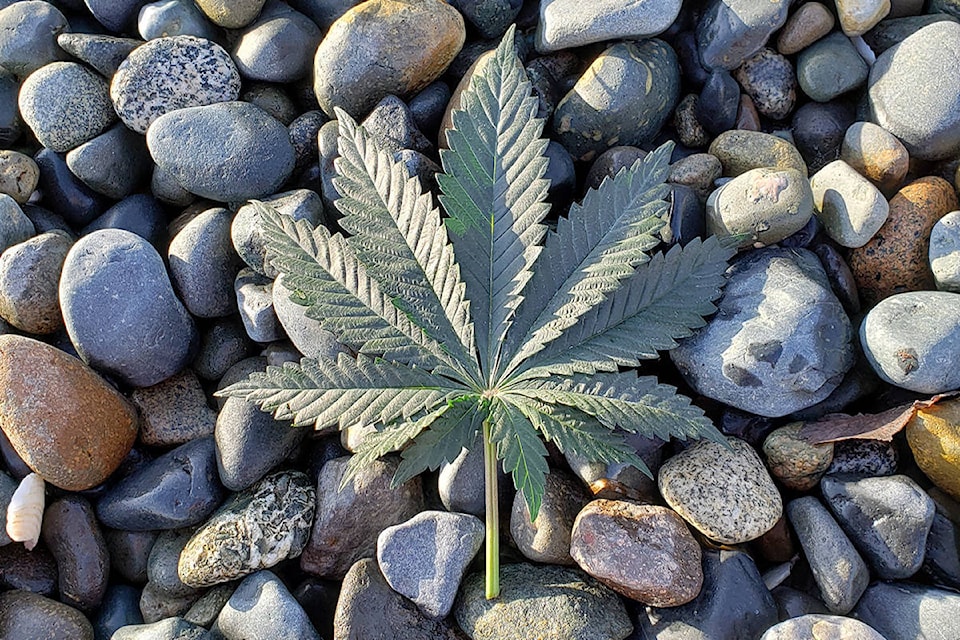Cannabis flower (aka weed, ganja, and grass) is generally broken up into four categories: Sativa, Hybrid, Indica, and High CBD – but if you’re not a cannabis connoisseur this doesn’t mean a whole lot to you, and as it turns out, maybe it doesn’t mean that much after all.
Sativa vs Indica A quick background: Swedish botanist Carl Linnaeus identified psychoactive cannabis plants as “Cannabis sativa” in the mid 1700’s, and 30 some odd years later French biologist Jean-Baptiste Lamarck identified “Cannabis indica” as a different species (as Lamarck argued that Cannabis indica plants have different traits compared to their Cannabis sativa counterparts).
Fast forward to today and the real difference between indica and sativa plants is in their traits during the growing cycle - indica plants tend to grow short and stocky with wide dark green leaves, they have short flowering cycles, and are pretty resilient in cold climates - sativa plants usually grow taller with narrow light green leaves, have longer flowering cycles, and tend to do better in warm climates.
Okay, so how does that affect the effects? Well for starters, everyone’s physiology is different and the old “in-da-couch” indica concept (implying indica is relaxing, and indicating sativa is energizing) is a bit outdated, and debatably, entirely inaccurate. The fact is each strain produces an effect as individual as its user, and the effects you experience from a particular cannabis strain are much more directly tied to a specific set of cannabinoids and terpenes and how they affect you as an individual.
Hybrid For over half a century crossbreeding has been a huge part of cannabis genetics and as a result there are, questionably, no more “pure” indica or sativa strains - so when you see a label stating your cannabis product is indica or sativa that usually means that it is a higher percentage, or dominant, of said species - which explains why you may be seeing so many hybrids on the cannabis shelves.
High CBD There is much to be said around CBD and that is an entire topic for another day, but in short CBD (or Cannabidiol) is defined by Health Canada as a non intoxicating compound found in the cannabis plant - and is often discussed as having numerous health benefits, but of course, more research needs to be compiled.
So, I guess that leaves us wondering, what is a terpene and what is all the fuss about CBD? I’ll guide you through that, and much more, on our next Cannabis Corner.
Have a particular cannabis question that you want answered either privately or featured here in the pages of the North Island Gazette’s Cannabis Corner? Then feel free to reach out to info@sea45.ca for all your Canadian Cannabis inquiries.
Serena Neumerschitsky is Co-Founder and President of North Island Cannabis, Vancouver Island’s first licensed non-medical cannabis retailer – and Owner and Principal Consultant of SEA45 Compliance, Consult & Creative, a studio focusing on world-class cannabis companies that want to communicate personality and philosophy.
